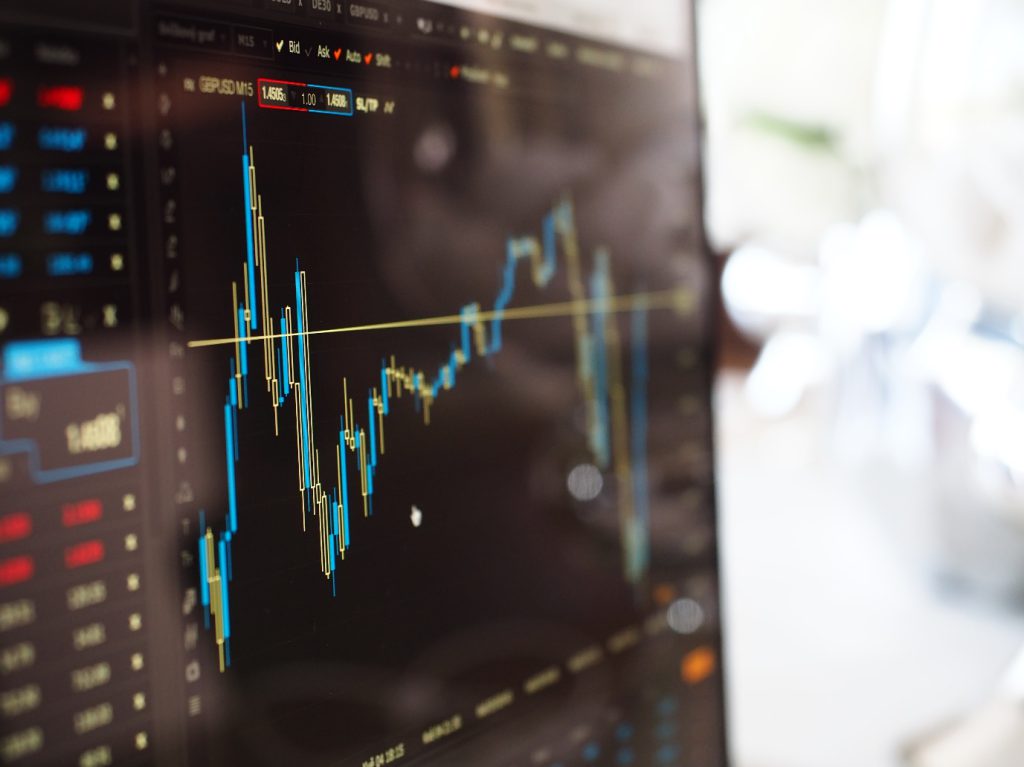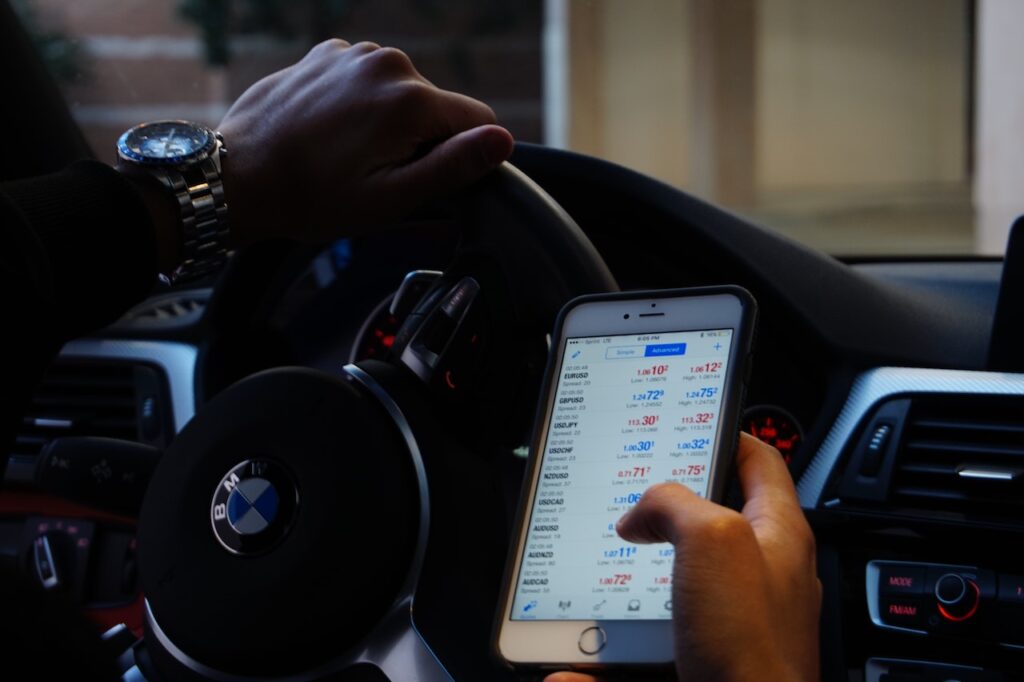If you are a Nigerian looking to learn more about Ichimoku Charts, this article will help.
Today, you will learn about Ichimoku Charts Indicators, the major components of Ichimoku Charts, and how to use them in forex trading in Nigeria.
You will also learn how to read Ichimoku charts.
Getting to know the Ichimoku Charts
Before a trader in Nigeria can effectively execute on the Ichimoku chart, he or she must first understand the components that make up the chart.
In contrast to most other technical indicators and chart applications, the Ichimoku was created and revealed in 1968.
While most applications in the industry were created by statisticians or mathematicians, the indicator was created by a Tokyo newspaper writer named Goichi Hosoda and a small team of assistants running multiple calculations.
Many Japanese trading rooms (including Nigerians) now use this indicator because it provides multiple tests on price action, resulting in higher probability trades.
Although many traders in Nigeria are intimidated by the large number of lines drawn when using the chart, the components can be easily translated into more widely accepted indicators.
Major components of the Ichimoku Charts
The application comprises five major components and provides the Nigerian trader with critical insights into FX market price action.
Below are the major components of the Ichimoku Charts:
- The Tenkan Sen
- The Kijun Sen
- Senkou Span A
- Senkou Span B
- The Chikou Span
We’ll first look at the Tenkan and Kijun Sens lines
The lines serve as a moving average crossover and can be used as simple translations of the 20- and 50-day moving averages, albeit with slightly different timeframes.
1. The Tenkan Sen
The sum of the highest high and lowest low is divided by two. The Tenkan is computed using the previous nine time periods.
2. The Kijun Sen
The sum of the highest high and lowest low is divided by two. Although the calculation is similar, the Kijun takes into account the previous 26 time periods.
Similarly to a moving average crossover, a Nigerian trader will want to use the crossover to initiate the position.
Let us now take a look at the most important component, the Ichimoku “cloud,” which represents current and historical price action.
It creates formative barriers in the same way that simple support and resistance do.
The Ichimoku application’s other three components are:
3. Senkou Span A
The sum of the Tenkan Sen and the Kijun Sen then, divided by two. Following that, the calculation is plotted 26 time periods ahead of the current price action.
4. Senkou Span B
The sum of the highest high and lowest lows divided by two. This calculation is performed over the previous 52 time periods and is plotted 26 time periods in advance.
The area between the two lines on the chart is referred to as the Kumo or cloud.
The cloud, which is thicker than typical support and resistance lines, provides the trader in Nigeria with a thorough filter.
The thicker cloud will tend to take currency market volatility into account rather than providing the Nigerian trader with a visually thin price level for support and resistance.
A break through the cloud, followed by a move above or below it, indicates a better and more likely trade.
5. The Chikou Span
The Chikou Span is the final component of the Ichimoku.
The Chikou, which is simply market sentiment, is calculated using the most recent closing price and plotted 26 periods behind the price action.
This feature conveys market sentiment by displaying the current trend as it relates to current price momentum.
The interpretation is straightforward: when sellers dominate the market, the Chikou span will hover below the price trend, whereas on the buy-side, the opposite occurs.
When a pair remains appealing in the market or is purchased, the spread rises and hovers above the price action.
How to read Ichimoku Charts
The “cloud” and three line indicators are part of the Ichimoku trading system.
Because longer timeframes work well with Ichimoku trading tools, stable investors in Nigeria are the primary users of these charts.
It will provide daily and weekly records, which may be used to gain support.
The “cloud” represents a section of opposition and support.
During the exchange of multiple components are the main points of reference.
Although the information provided is of high quality, a sophisticated trader in Nigeria will wait for costing candlesticks without crack from the “cloud” and other signals.
The “Cloud” behaves similarly to the filter, and while price cracks through these areas, as well as the series, move below and above, the breakout situation exists in this case.
Again, an astute trader in Nigeria will look for additional confirmation to bias the negatives in his favor.
Technical indicators, whether Ichimoku charts or others, will never provide a 100 percent accurate result. Wrong signals can occur, but a large number of positive signals can provide an advantage in forex trading in Nigeria.
The ability to explain and understand Ichimoku signs should be developed at a specific time.
It may also be necessary to supplement this tool with another indicator.
How to set up the Ichimoku Cloud
Several brokers in Nigeria make this tool available to their clients.
This indicator might also be included with MetaTrader 4.
It is used to predict market behavior in Nigeria, such as whether it will rise or fall.
Follow the steps below to properly configure Ichimoku Cloud on your broker platform.
- To begin, move to the indicators menu on MetaTrader 4 by clicking the button on the bottom left side of the screen.
- Then, select the “Trend” tab.
- Select Ichimoku Cloud from the list of indicators and click apply without rearranging the indicator settings.
- The Ichimoku Cloud has now begun to generate charts for you on a weekly or monthly basis.
- By clicking on the back button from the indicator icon, you can now change the settings for the Ichimoku Cloud indicator or remove it from the chart. Because it is difficult for new traders in Nigeria, never change the settings until you understand what you are doing.
Conclusion
The Ichimoku chart indicator can be intimidating at first, but once understood, every trader in Nigeria will find it useful.
The chart combines three indicators into one and provides a filtered view of price action for currency traders in Nigeria.
Furthermore, this approach will not only increase the likelihood of the trade in the FX markets, but will also help in isolating the true momentum plays.
The Ichimoku offers an alternative to riskier trades in which the position has a chance of trading back previous profits.









Facebook Comments